Should You Repair Your Roof in an Alaskan Winter? Pros & Cons from Holland Roofing
The answer is the same whether it's summer or winter. YES, if you need the work and can find a qualified contractor with year-round experience, go for it. Alaska’s winters are tough, and so are its roofs. If recent storms have left you with leaks or damage, waiting until spring isn’t the best option. If you needed a new roof but couldn’t get on the busy summer schedule. Fear not. At Holland Roofing, we’re experts in winter roof installation —so don’t hesitate to reach out, no matter how cold it gets outside.
Metal Roofing: Built for Alaska
Metal roofing is a smart choice for Alaska’s snowy climate. It’s designed to shed ice and snow when temperatures rise above freezing, reducing buildup. The best part? Unlike other materials, metal roofing doesn’t require curing or sealing, making it a practical option for winter installation. Just be careful that the snow sheds where you want it to slide; otherwise, metal might be a hard pass.
PVC Roofing: Low Slope Roofing for any Season
PVC roofing is another excellent system for flat and low-sloped roofs. PVC is heat-welded, unlike EPDM membranes, which require adhesives to seal flashing and seams. The tools used to make these welds make winter roofing a non-issue.
Asphalt Shingles: Yes, installed even in the Winter
Asphalt shingles are the most common material for sloped roofs in Alaska. Cold temperatures can make cheap shingles brittle and more likely to crack, so installation or a lower quality shingle should only happen when it’s above freezing—ideally over 40℉. However, with a high-quality, rubber-modified shingle, cracking in cold temperatures is not a concern. Even these need to bond and seal properly, which requires warmth. Fortunately, they will experience this when spring arrives, but specific methods can also be implemented when installed in the winter. Warming the material and applying additional sealant to the underside of the shingles will create a seal even before the temperature rises. Extra care is needed during winter installations, which is why Holland Roofing is the best choice.
Dealing with Ice Dams
Ice dams are a common headache in Alaska, usually caused by poor ventilation or insufficient attic insulation. Leaks from ice dams can often be reduced with water and ice shield membranes, but these also need some warmth to adhere properly. During winter installation Holland Roofing will warm the roof deck and material before installation.
Snow Removal: Get it done for Free
Getting a free snow removal service to replace the roof can be a huge benefit. With heavy snowfall, it is often very expensive and difficult to find contractors before problems arise. There may also be winters with less snow fall, where this perk is not impressive. But, in Alaska, we bet on more snow than less, so this is generally a great offer.
The Bottom Line
Roofing problems don’t wait for warm weather. Winter leaks from ice dams or failing materials often demand immediate work. Holland Roofing is ready to tackle winter roofing, and while some materials have limitations, most winter installations are no more difficult than those in other seasons. It can actually be easier, with less risks of leaking during the project, to install roofs during the snowy season versus the rain. Simple fact, snow falls slower than rain. If you’re considering a winter roofing project, weigh the pros and cons—and remember, Holland Roofing is here to help, no matter the season.
Ready to protect your home this winter?
Contact Holland Roofing today at 907-344-9911 or visit hollandroofing.net to schedule your winter roof replacement. Don’t let Alaska’s weather catch you off guard—let our 30 years of winter roofing experience keep your home safe and secure all year long!


